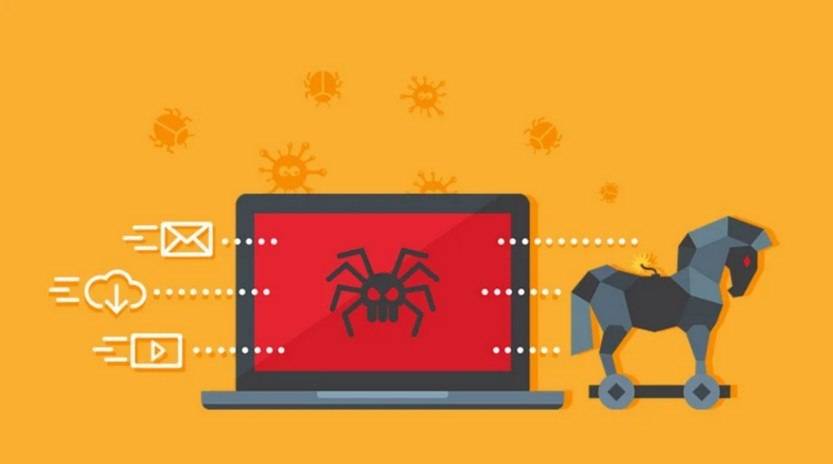Scams have become increasingly prevalent in today’s digital age, with fraudsters constantly devising new methods to deceive unsuspecting individuals. One such scam that has gained notoriety is the ‘Non-Resident Clearance Form’ advance fee scam. This article aims to shed light on this fraudulent scheme, providing valuable insights into its workings, how to identify it, and what to do if you have fallen victim to it.
What is the ‘Non-Resident Clearance Form’ Advance Fee Scam?
The ‘Non-Resident Clearance Form’ advance fee scam is a type of fraud that targets individuals by promising them a large sum of money in exchange for a small upfront fee. The scam typically begins with an email or letter, claiming to be from a foreign government or financial institution, informing the recipient that they are entitled to a substantial inheritance or lottery winnings.
The fraudsters behind this scam use various tactics to make their approach seem legitimate. They often impersonate high-ranking officials or use official-sounding language to gain the trust of their victims. The email or letter will typically request the recipient to fill out a ‘Non-Resident Clearance Form’ and pay a fee to cover administrative costs, taxes, or legal fees.
How Does the ‘Non-Resident Clearance Form’ Advance Fee Scam Work?
The ‘Non-Resident Clearance Form’ advance fee scam follows a well-defined process that aims to exploit the victim’s desire for financial gain. Here is a step-by-step breakdown of how the scam typically unfolds:
- The victim receives an email or letter claiming to be from a foreign government or financial institution, informing them of a large inheritance or lottery winnings.
- The email or letter requests the victim to fill out a ‘Non-Resident Clearance Form’ to facilitate the release of the funds.
- The form often asks for personal information, including full name, address, date of birth, and bank account details.
- Once the form is completed, the victim is instructed to pay a fee to cover administrative costs, taxes, or legal fees.
- The fraudsters provide detailed instructions on how to make the payment, often through wire transfer or prepaid cards.
- After the payment is made, the scammers disappear, leaving the victim without the promised funds and out of pocket.
It is important to note that the ‘Non-Resident Clearance Form’ does not exist in any official capacity. It is a fabrication created by the scammers to lend an air of legitimacy to their scheme.
How to Identify the ‘Non-Resident Clearance Form’ Advance Fee Scam?
While the ‘Non-Resident Clearance Form’ advance fee scam can be convincing, there are several red flags to watch out for that can help identify it:
- Unsolicited communication: The initial contact is often unsolicited, with the scammer reaching out via email or letter without any prior interaction.
- Too good to be true: The promise of a large sum of money for a small upfront fee is a classic indicator of a scam. Remember, if it sounds too good to be true, it probably is.
- Poor grammar and spelling: Scammers often originate from non-English speaking countries, leading to noticeable errors in their communication.
- Request for personal information: Legitimate organizations rarely ask for sensitive personal information via email or letter.
- Pressure to act quickly: Scammers often create a sense of urgency, pressuring victims to act quickly without giving them time to think or seek advice.
If you suspect that you have received a ‘Non-Resident Clearance Form’ advance fee scam email or letter, it is crucial to take immediate action to protect yourself.
What to Do If You Have Fallen Victim?
If you have fallen victim to the ‘Non-Resident Clearance Form’ advance fee scam, it is essential to act swiftly to minimize the damage:
- Stop all communication: Cease all contact with the scammers and do not respond to any further emails or letters.
- Report the scam: Contact your local law enforcement agency and provide them with all relevant information, including copies of the scam emails or letters.
- Monitor your accounts: Keep a close eye on your bank accounts and credit cards for any unauthorized activity. If you provided your personal information, consider freezing your credit to prevent identity theft.
- Scan for viruses or malware: Run a scan on your computer using a reputable antivirus software like Malwarebytes Free to ensure that your system is not compromised.
- Spread awareness: Share your experience with friends, family, and on social media to raise awareness and prevent others from falling victim to the same scam.
Technical Details and Statistics
While specific technical details may vary from case to case, the ‘Non-Resident Clearance Form’ advance fee scam primarily relies on social engineering techniques to deceive victims. By exploiting their desire for financial gain, scammers manipulate individuals into providing personal information and making payments.
Unfortunately, due to the clandestine nature of scams, accurate statistics on the prevalence of the ‘Non-Resident Clearance Form’ advance fee scam are challenging to obtain. However, it is estimated that millions of dollars are lost each year to similar advance fee scams.
Summary
The ‘Non-Resident Clearance Form’ advance fee scam is a fraudulent scheme that preys on individuals’ desire for financial gain. By promising a large sum of money in exchange for a small upfront fee, scammers exploit their victims’ trust and vulnerability. It is crucial to remain vigilant and educate oneself about the red flags associated with this scam to avoid falling victim.
If you suspect that you have received a ‘Non-Resident Clearance Form’ advance fee scam email or letter, it is essential to take immediate action. Cease all communication with the scammers, report











